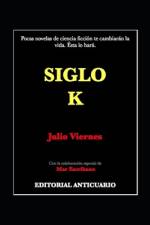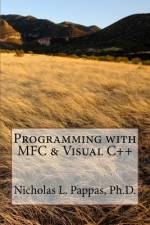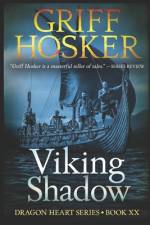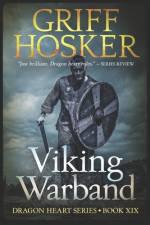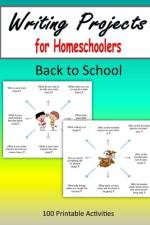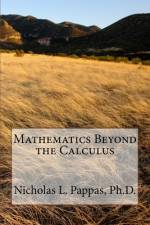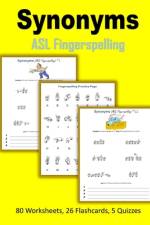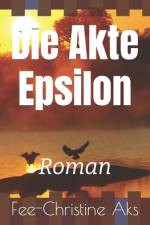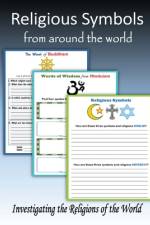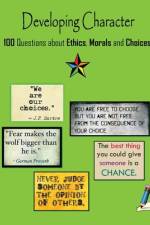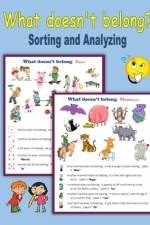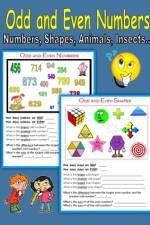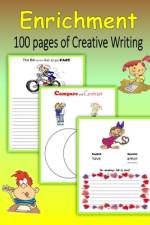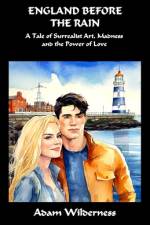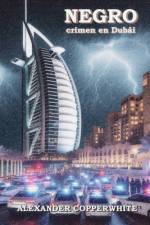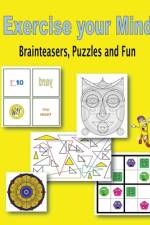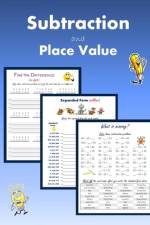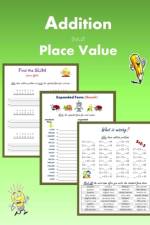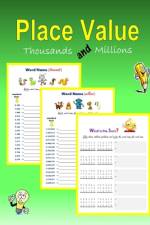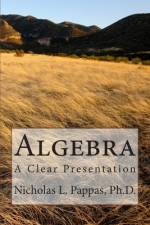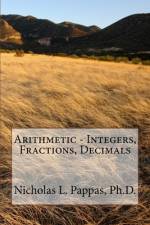av Nicholas L Pappas
237
This is about the fundamental ideas of Arithmetic, the theory of Arithmetic and understanding why and how Arithmetic works. This is about effective use of the practical procedures for addition, multiplication, subtraction, and division. Practical procedures you use when doing Arithmetic.This is about what are now standard algorithms for integer addition, multiplication, subtraction, and division that are recognized by the world wide mathematical community. Knowing and understanding the algorithms means one has moved beyond rote knowledge of arithmetic.Integer division creates simple fractions, which can be converted to decimal fractions. We present the theory of fractions and decimals as a straightforward extension of integer arithmetic.The basic laws defining operations are presented in the last chapter in order to avoid piling on new information in earlier chapters. The laws make very clear the operations on numbers that are permissible, and why. Studying the laws reviews the entire subject.In this text know that elementary algebra is used for general explanations such as if n is a number then n+1 is the next number, and specific numbers are used in examples. And, instead of taking up many pages with arithmetic problems, the reader is asked to select pairs of numbers to add, multiply, subtract and divide. However fraction and decimal problems, and their solutions, are included.The Standard Arithmetic Algorithms The word standard implies that we can order a document from a recognized Arithmetic Standards organization. We cannot do that, because we have not found such an organization. Nevertheless the world wide mathematical community recognizes what have evolved into standard algorithms for integer addition, multiplication, subtraction, and division. There are minor variations from country to country that are of no significance, because the underlying mathematical ideas are the same.We describe and fully explain the standard algorithms for addition, multiplication, subtraction, and division. The explanations emphasize ideas and procedures that always produce a solution. Perhaps you will agree with us when we say these algorithms are extraordinary discoveries.An algorithm is a procedure, requiring no creative skills of the user, with precise instructions, specifying a finite number of steps, so that sooner or later the procedure ends.A specific virtue of the arithmetic algorithms is that they solve an N digit problem one digit at a time. Repeat: one digit at a time. In other words one N-digit problem becomes N one-digit problems (one 5-digit problem becomes five 1-digit problems).This is important, because one-digit problems are done in one's mind.Algorithms are used, because they are methods that show how to solve every possible problem. Algorithms always produce a solution.We believe knowing how to apply the algorithms means one understands what arithmetic is about.Using the algorithms with understanding enhances your mathematical skills. Progress is subtle, and real. Know this about the relationship of practical procedures to the algorithms.The practical procedures implementing the standard algorithms use the algorithm's steps in a subtle way in order to be efficient. Consequently the procedures seem to be very different from the algorithms. They are not.Who can benefit from reading this text? Anybody who wants to be effective when doing Arithmetic. You may be a student who suspects he/she is being short changed by the system. You may be a school teacher, not trained in math, who is assigned to teach Arithmetic. You may be a parent, concerned about what is not taught in school, who is willing to make the effort to introduce these ideas to your children. You may be a person who wants to improve your math capability. Perhaps who is anyone who wants to know, and who wants to be able to do.

